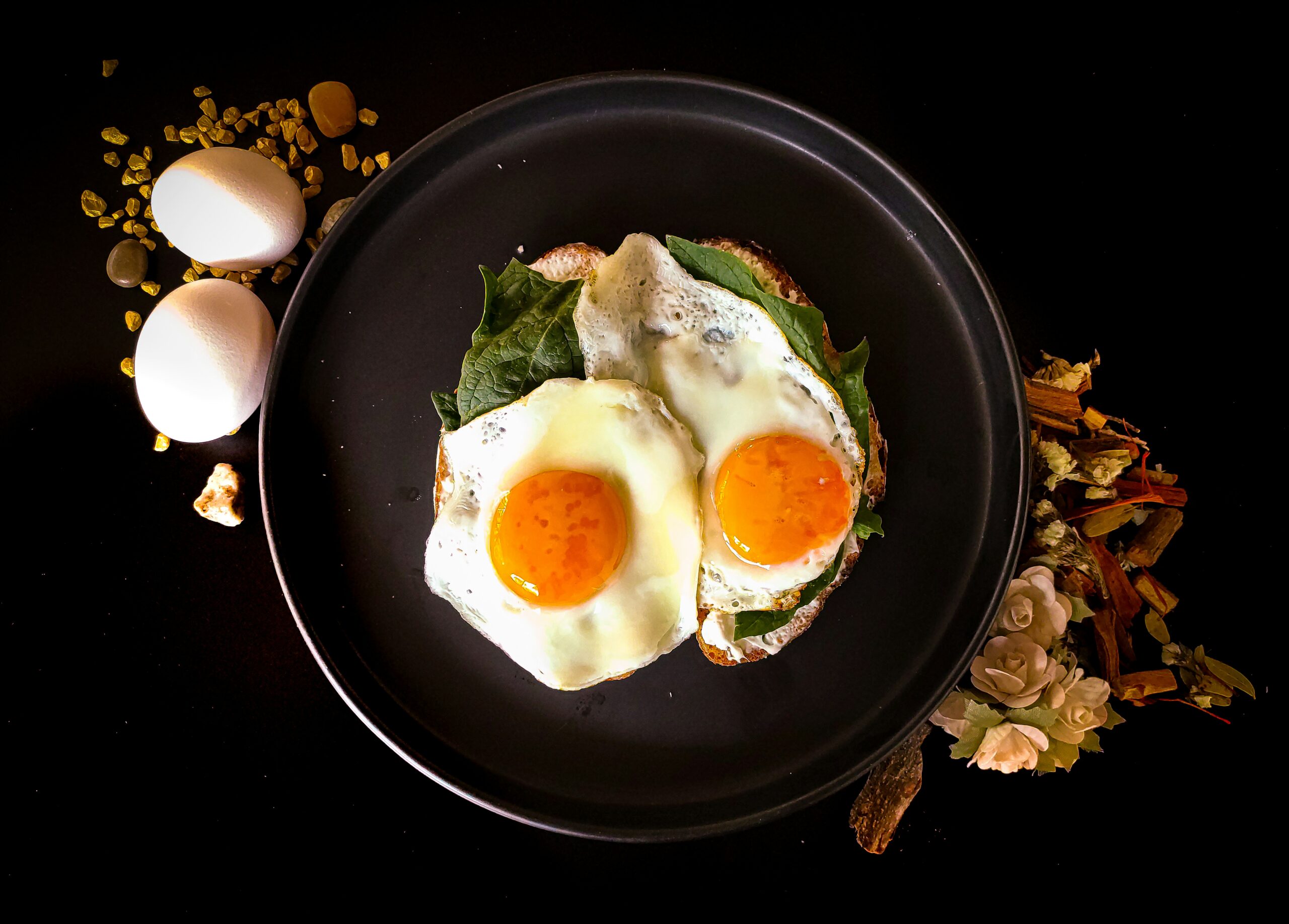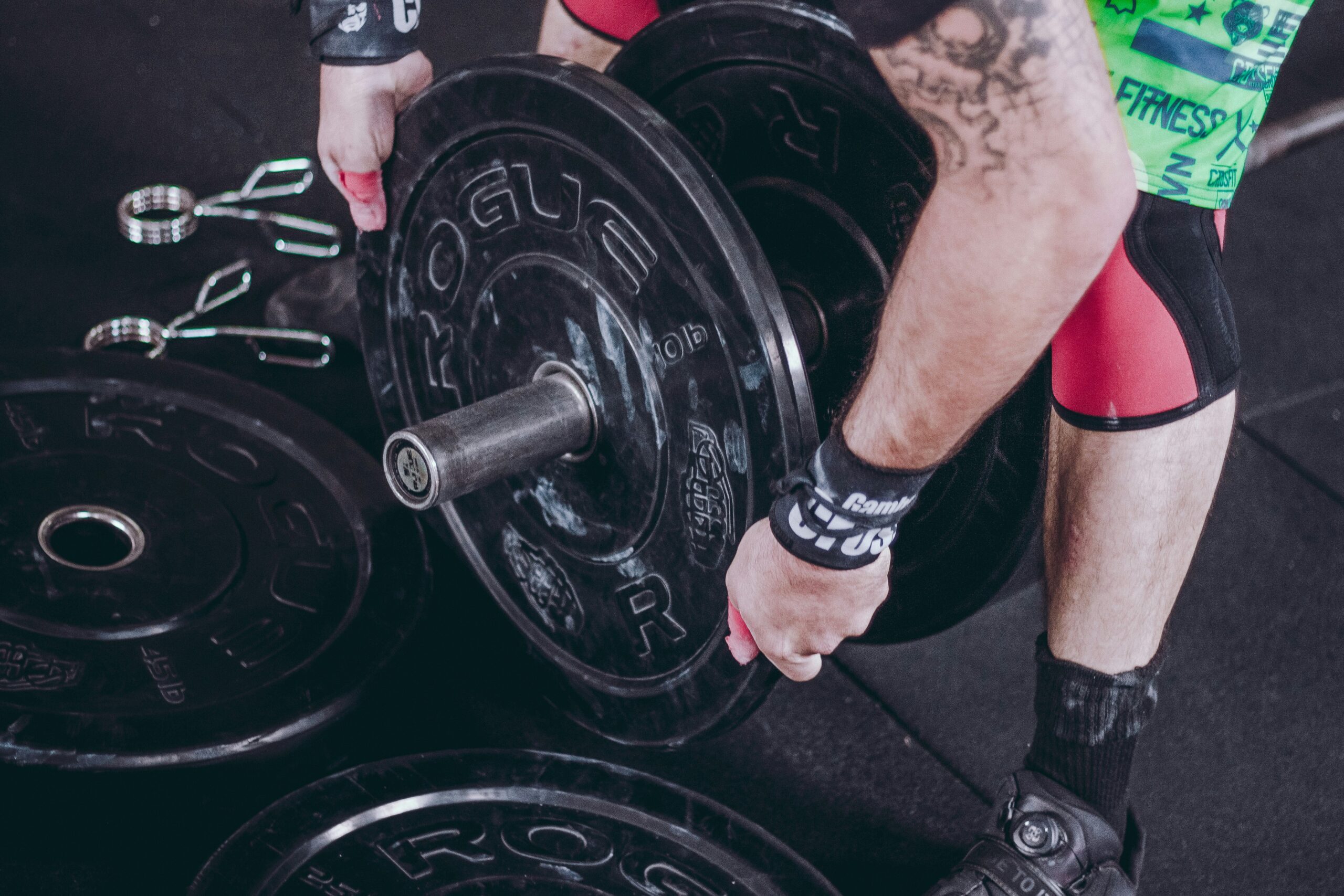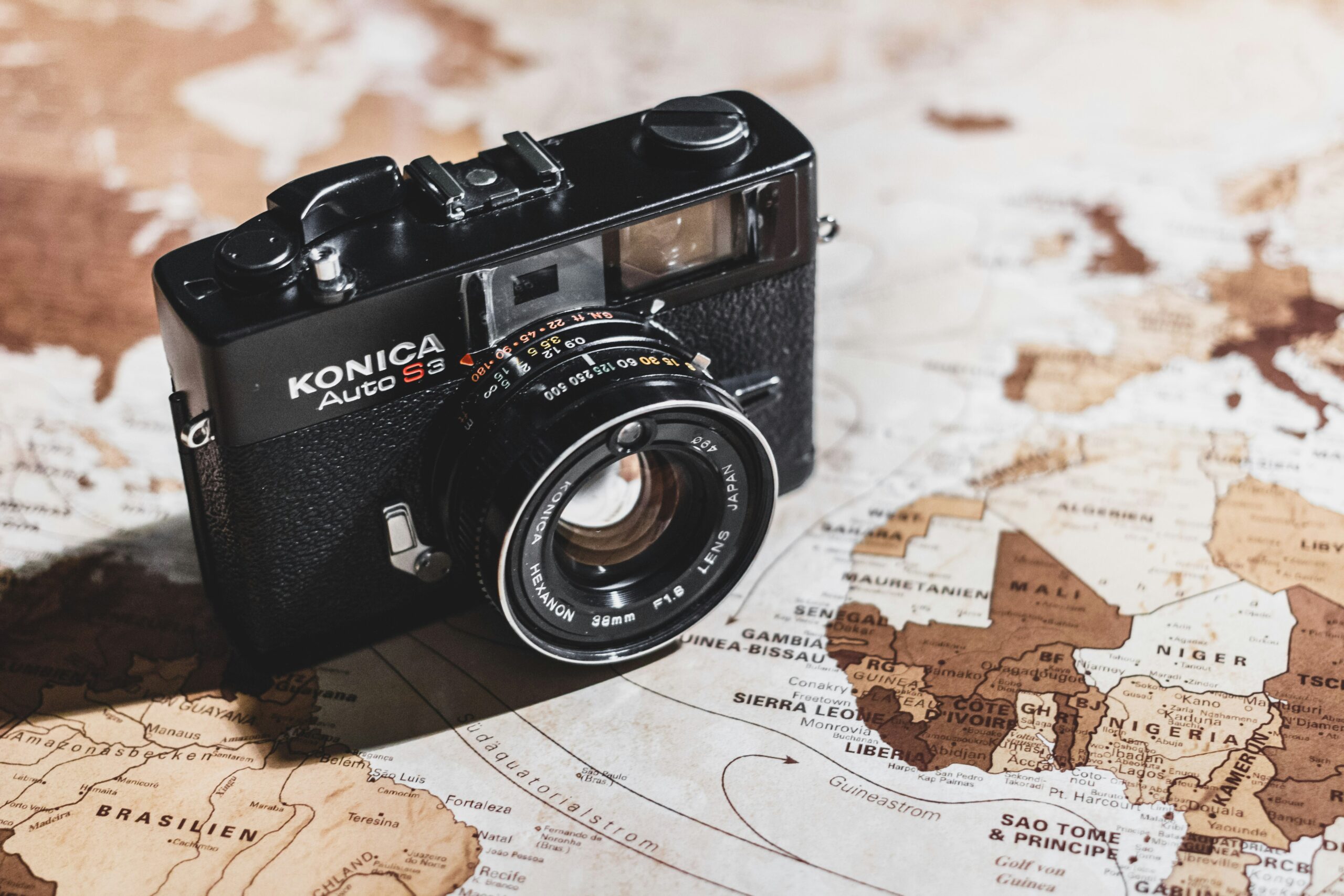Hard boiling eggs might seem like a straightforward task, but achieving the perfect hard-boiled egg requires a bit of knowledge and technique. This guide will delve into the intricate details of hard boiling eggs, from the science behind the process to various methods and tips for perfection. By the end of this comprehensive guide, you’ll have all the knowledge needed to master the art of hard boiling eggs.
Chapter 1: Understanding Eggs
1.1 Anatomy of an Egg
Before diving into the boiling process, it’s essential to understand the anatomy of an egg:
- Shell: The outermost layer, made primarily of calcium carbonate, protecting the egg’s contents.
- Membrane: There are two membranes inside the shell – the outer and inner membranes, providing further protection.
- Albumen: Commonly known as egg white, it consists of water, proteins, and some minerals.
- Yolk: The yellow part of the egg, rich in fats, proteins, and vitamins.
- Chalazae: Twisted strands of protein that anchor the yolk in the center of the egg.
1.2 Egg Freshness
The freshness of an egg can impact the outcome of your hard-boiled eggs. Fresher eggs have more tightly held membranes, which can make peeling more challenging. As eggs age, they lose moisture and carbon dioxide, making them easier to peel.
1.3 Egg Grades and Sizes
Understanding egg grades and sizes can help you choose the right eggs for boiling:
- Grades: Eggs are graded as AA, A, or B based on quality and appearance.
- Sizes: Eggs come in various sizes – small, medium, large, extra-large, and jumbo. The size can affect cooking times.
Chapter 2: Preparing to Boil Eggs
2.1 Choosing the Right Pot
Selecting the appropriate pot is crucial for even cooking. A pot that allows the eggs to sit in a single layer with enough room for water circulation is ideal.
2.2 Water Type and Amount
Using cold water helps ensure even cooking. The water should cover the eggs by about an inch to prevent them from being exposed to air during boiling.
2.3 Adding Salt or Vinegar
Adding a pinch of salt or a teaspoon of vinegar to the water can help prevent the eggs from cracking and make peeling easier.
Chapter 3: Boiling Methods
3.1 Stovetop Boiling
Step-by-Step Instructions:
- Place eggs in a single layer in the pot.
- Add cold water until eggs are covered by about an inch.
- Add a pinch of salt or a teaspoon of vinegar.
- Bring the water to a rolling boil over high heat.
- Once boiling, cover the pot and remove it from heat.
- Let the eggs sit in the hot water for 9-12 minutes, depending on desired doneness.
- Transfer the eggs to an ice bath to stop cooking.
3.2 Steaming
Step-by-Step Instructions:
- Fill a pot with about an inch of water.
- Place a steamer basket in the pot.
- Bring the water to a boil.
- Add eggs to the steamer basket.
- Cover and steam for 12-15 minutes.
- Transfer the eggs to an ice bath.
3.3 Instant Pot
Step-by-Step Instructions:
- Place a trivet in the Instant Pot.
- Add 1 cup of water.
- Place eggs on the trivet.
- Seal the lid and set to high pressure for 5 minutes.
- Natural release for 5 minutes, then quick release.
- Transfer the eggs to an ice bath.
Chapter 4: Cooling and Peeling
4.1 Ice Bath
An ice bath is crucial for stopping the cooking process and making peeling easier. Fill a bowl with ice and water, then transfer the eggs immediately after cooking.
4.2 Peeling Techniques
Tips for Easier Peeling:
- Crack the shell gently all over by rolling the egg on a hard surface.
- Start peeling from the wider end where the air pocket is located.
- Peel under running water to help remove stubborn bits of shell.
Chapter 5: Storage and Safety
5.1 Storing Hard-Boiled Eggs
Hard-boiled eggs can be stored in the refrigerator for up to a week. Keep them in their shells to maintain freshness and moisture.
5.2 Safety Considerations
- Always refrigerate eggs within two hours of cooking.
- Discard any eggs with off smells or slimy textures.
Chapter 6: Variations and Uses
6.1 Soft-Boiled Eggs
Adjust the cooking time to 6-7 minutes for a runny yolk and firmer whites.
6.2 Deviled Eggs
A popular appetizer made by halving hard-boiled eggs, removing the yolks, and mixing them with various seasonings before refilling the whites.
6.3 Egg Salads and Sandwiches
Chop hard-boiled eggs and mix them with mayonnaise, mustard, and seasonings for a classic egg salad.
6.4 Pickled Eggs
Marinate hard-boiled eggs in a mixture of vinegar, spices, and sometimes beets for a tangy, flavorful snack.
Chapter 7: Troubleshooting Common Issues
7.1 Green Ring Around the Yolk
A greenish-gray ring around the yolk is caused by overcooking and a reaction between sulfur and iron. Prevent this by cooling the eggs quickly in an ice bath.
7.2 Cracked Eggs During Boiling
Cracking can be minimized by gently lowering the eggs into the water and adding salt or vinegar.
7.3 Difficult-to-Peel Eggs
Using slightly older eggs and cooling them in an ice bath can make peeling easier.
Chapter 8: The Science Behind Boiling Eggs
8.1 Protein Coagulation
As eggs cook, proteins in the white and yolk denature and coagulate, changing from a liquid to a solid state. Understanding this process can help achieve the desired texture.
8.2 Temperature Control
Maintaining the right temperature throughout the cooking process ensures even cooking and prevents overcooking.
Chapter 9: Cultural Perspectives on Hard-Boiled Eggs
9.1 Global Variations
- Chinese Tea Eggs: Marbled eggs infused with tea, soy sauce, and spices.
- Japanese Onsen Tamago: Eggs cooked slowly in hot springs for a unique texture.
- Scotch Eggs: Hard-boiled eggs wrapped in sausage meat and breadcrumbs, then fried.
9.2 Symbolism and Traditions
Hard-boiled eggs hold cultural significance in various traditions, such as Easter and Passover.
Chapter 10: Advanced Techniques and Recipes
10.1 Sous Vide
Cooking eggs in a sous vide machine allows for precise temperature control and perfect results.
Step-by-Step Instructions:
- Set the sous vide machine to 194°F (90°C).
- Place eggs in a sous vide bag or directly in the water bath.
- Cook for 9-10 minutes.
- Transfer to an ice bath.
10.2 Creative Recipes
- Ramen Eggs: Marinate soft-boiled eggs in a mixture of soy sauce, mirin, and sake.
- Salad Niçoise: A French salad featuring hard-boiled eggs, tuna, olives, and vegetables.
What is the basic process for hard boiling eggs?
Place eggs in a pot, cover with cold water, bring to a boil, cover and remove from heat, let sit for 9-12 minutes, and transfer to an ice bath.
How long should you boil eggs for hard boiled?
Let the eggs sit in hot water for 9-12 minutes after bringing them to a boil.
Can you boil eggs straight from the refrigerator?
Yes, you can boil eggs straight from the refrigerator, but adding them to cold water and bringing them up to temperature gradually helps prevent cracking.
Why do my hard-boiled eggs have a green ring around the yolk?
The green ring is caused by overcooking and a chemical reaction between sulfur and iron.
How can I prevent my eggs from cracking while boiling?
Add a pinch of salt or vinegar to the water and start with cold water to minimize the risk of cracking.
What is the best way to cool boiled eggs?
Transfer the eggs to an ice bath immediately after cooking to cool them quickly.
How long can you store hard-boiled eggs in the refrigerator?
Hard-boiled eggs can be stored in the refrigerator for up to one week.
Should you peel hard-boiled eggs before storing them?
It is best to store them in their shells to maintain freshness and moisture.
Why are older eggs easier to peel than fresh ones?
As eggs age, they lose moisture and carbon dioxide, causing the membranes to separate more easily from the shell.
What is an ice bath and why is it used?
An ice bath is a bowl of ice and water used to cool eggs quickly and stop the cooking process.
What is the steaming method for hard boiling eggs?
Place eggs in a steamer basket over boiling water, cover, and steam for 12-15 minutes.
How do you cook hard-boiled eggs in an Instant Pot?
Place eggs on a trivet, add water, seal the lid, set to high pressure for 5 minutes, natural release for 5 minutes, then quick release and transfer to an ice bath.
What is sous vide cooking for eggs?
Sous vide involves cooking eggs at a precise temperature (194°F/90°C) in a water bath for consistent results.
Can you hard boil eggs in a microwave?
It’s not recommended to boil eggs in a microwave as they can explode. Use traditional methods instead.
How do you make soft-boiled eggs?
Boil eggs for 6-7 minutes for a runny yolk and firm whites, then transfer to an ice bath.
What is the difference between hard boiling and soft boiling eggs?
Hard boiling cooks the yolk completely, while soft boiling leaves the yolk runny or slightly set.
Can you reuse the boiling water for another batch of eggs?
Yes, but ensure the water is brought back to a boil before adding new eggs.
How do you peel hard-boiled eggs easily?
Crack the shell all over and peel under running water starting from the wider end.
What is the best way to start peeling a hard-boiled egg?
Begin peeling from the wider end where the air pocket is located.
How do you boil eggs to avoid a rubbery texture?
Do not overcook; follow the recommended cooking times and cool eggs quickly in an ice bath.
What is the “shock and awe” method for boiling eggs?
This method involves rapidly bringing eggs to a boil and then cooling them quickly in an ice bath to improve peeling.
How do you make marbled Chinese tea eggs?
Crack the shells of boiled eggs and simmer them in a mixture of tea, soy sauce, and spices for several hours.
What is a ramen egg?
A ramen egg is a soft-boiled egg marinated in soy sauce, mirin, and sake for flavor, often served with ramen.
Can you dye hard-boiled eggs for Easter?
Yes, hard-boiled eggs are commonly dyed for Easter using food-safe dyes.
How do you pickle hard-boiled eggs?
Marinate peeled hard-boiled eggs in a mixture of vinegar, spices, and sometimes beets for color and flavor.
What is the best way to season hard-boiled eggs?
Sprinkle with salt and pepper, or use various spices and herbs to enhance flavor.
How do you make deviled eggs?
Halve hard-boiled eggs, remove yolks, mix yolks with mayonnaise, mustard, and seasonings, and refill the egg whites.
What are Scotch eggs?
Hard-boiled eggs wrapped in sausage meat, coated in breadcrumbs, and deep-fried or baked.
Can you use a rice cooker to hard boil eggs?
Yes, place eggs in the rice cooker with enough water and cook on the steam setting.
How do you store peeled hard-boiled eggs?
Store peeled eggs in an airtight container in the refrigerator with a damp paper towel to maintain moisture.
Why are my hard-boiled eggs rubbery?
Rubberiness is caused by overcooking. Follow proper cooking times and use an ice bath to stop cooking.
What causes eggs to crack during boiling?
Rapid temperature changes and overcrowding can cause eggs to crack. Add eggs to cold water and bring to a gentle boil.
Why are my eggs hard to peel?
Fresh eggs have tight membranes that stick to the shell. Use older eggs for easier peeling and cool them in an ice bath.
How can I tell if a hard-boiled egg is done without cracking it?
Spin the egg on a flat surface; if it spins smoothly, it’s done. A wobbly spin indicates it’s still liquid inside.
Why do my hard-boiled eggs smell sulfurous?
The sulfur smell is caused by overcooking. Follow recommended cooking times and use an ice bath.
Can you reboil undercooked eggs?
Yes, you can return undercooked eggs to boiling water for additional cooking.
Why do my hard-boiled eggs have a dark green ring around the yolk?
The green ring is due to overcooking and a reaction between sulfur and iron. Use proper cooking times and an ice bath.
How do you prevent a dark green ring around the yolk?
Avoid overcooking and cool eggs quickly in an ice bath after boiling.
What should I do if my eggs crack while boiling?
If eggs crack while boiling, continue cooking as they are still safe to eat but may have some water intrusion.
How do you ensure even cooking for hard-boiled eggs?
Use a pot large enough for the eggs to be in a single layer and cover them with an inch of water.
Why do eggs have an air pocket?
The air pocket forms as the egg cools and the contents contract, creating a space at the wider end.
What is the significance of the chalazae in eggs?
The chalazae are protein strands that anchor the yolk in the center of the egg.
Are brown eggs harder to peel than white eggs?
Shell color does not affect peeling. Freshness and cooking method are more important factors.
What are the nutritional benefits of hard-boiled eggs?
Hard-boiled eggs are rich in protein, vitamins, and minerals, making them a nutritious snack.
Can you freeze hard-boiled eggs?
It’s not recommended to freeze whole hard-boiled eggs as the texture can become rubbery.
How do you make egg salad?
Chop hard-boiled eggs and mix with mayonnaise, mustard, salt, pepper, and other seasonings to taste.
What are Japanese onsen tamago?
Onsen tamago are eggs cooked slowly in hot springs, resulting in a unique texture with set whites and runny yolks.
Can you reuse the water from boiling eggs?
Yes, the water can be reused for boiling more eggs or for other cooking purposes.
How do you tell if an egg is hard-boiled without cracking it?
Spin the egg; a hard-boiled egg will spin smoothly, while a raw egg will wobble due to the liquid inside.
What cultural traditions involve hard-boiled eggs?
Hard-boiled eggs are used in various cultural traditions, such as Easter egg hunts and Passover Seder plates.
Conclusion
Mastering the art of hard boiling eggs involves understanding the science behind the process, choosing the right method, and applying various techniques to achieve the perfect texture and flavor. Whether you prefer traditional stovetop boiling or advanced methods like sous vide, this guide provides all the knowledge you need to create perfect hard-boiled eggs every time.



